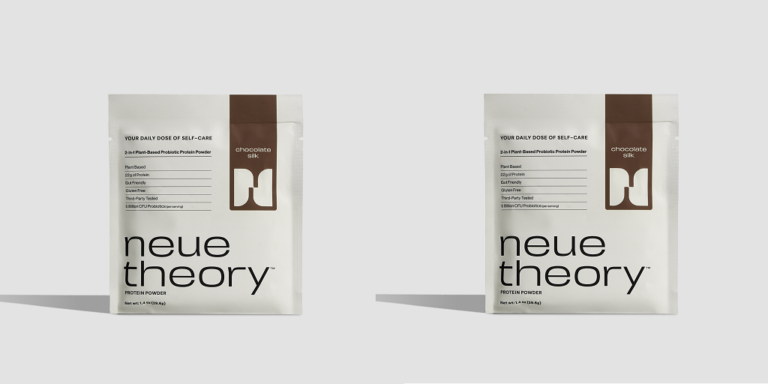Gold has been a reliable instrument of financial security and wealth preservation for centuries. It holds symbolic value across cultures and serves as one of the most commonly traded commodities globally. One of the most discussed aspects of gold is its price, especially the gold price per gram. This article explores how the gold price per gram changes daily while shedding light on the various factors that drive its fluctuations. Additionally, we’ll touch upon localized trends, such as the significance of the today gold rate in Berhampur 916 KDM, to provide a holistic understanding of gold pricing.
Understanding Gold Price Per Gram
Gold pricing consistently attracts attention due to its direct correlation to economic trends, geopolitical factors, and investor sentiment. The gold price per gram is essentially the value of one gram of gold in the market. Its volatility reflects a combination of global, national, and local influences.
Thanks to advancements in digital technologies, investors, jewelers, and regular buyers can now monitor live updates of the gold price per gram. For instance, in towns like Berhampur, where local preferences lean toward 916 KDM gold (referring to 22-karat gold), consumers are keen on knowing the precise rates to make informed decisions.
Factors Influencing the Gold Price Per Gram
1. Global Economic Trends
One of the most significant drivers of the gold price per gram is the state of the global economy. When economies face recession, uncertainties, or inflation, investors often turn to gold as a ‘safe-haven’ asset. As demand rises during these periods, so does the price per gram of gold.
Conversely, when the economy recovers and interest rates rise, people tend to invest their money elsewhere, such as in bonds or equity markets, which can lead to a dip in gold prices.
2. Strength of the US Dollar
Gold is predominantly traded in US dollars, making the strength of the dollar a key determinant of gold prices. When the dollar is strong, gold becomes more expensive for foreign investors, often resulting in reduced demand. Conversely, a weaker dollar makes gold more affordable, prompting increased buying activity and pushing prices higher.
3. Inflation Rates
Gold is known as an inflation hedge. When inflation rates rise, the purchasing power of paper currency decreases, which drives the demand for gold. As more people buy gold to preserve their wealth, the price per gram increases.
4. Central Bank Policies
Central banks worldwide hold gold reserves and often make decisions to either buy or sell gold depending on economic conditions. Their trading activities significantly affect the gold price per gram.
5. Geopolitical Tensions
Wars, conflicts, and geopolitical uncertainties create a climate of fear in financial markets, coaxing investors to park their funds in gold. For example, ongoing tensions between major economies can spark temporary spikes in gold prices.
6. Demand for Jewelry
Gold prices are heavily influenced by physical demand in the jewelry sector, particularly in countries like India and China, which have a strong cultural affinity for gold. Festivals, weddings, and cultural traditions result in heightened demand, impacting the gold price per gram.
7. Mining Costs and Supply
Gold is mined at significant operational costs, including labor, machinery, and environmental compliance. If mining expenses increase or if gold supply becomes scarce due to geological limits or regulatory barriers, prices spike.
8. Local Market Dynamics
At a local level, gold prices are influenced by factors such as taxation, import duties, and local exchange rates. For instance, the today gold rate in Berhampur 916 KDM may witness slight deviations from national averages based on these localized factors.
How Gold Pricing Changes Daily
Gold prices do not remain constant. They can change several times during a single trading session, responding to minute changes in global markets and investor sentiment. International bullion markets, such as the London Bullion Market Association (LBMA), play a central role in determining these prices.
In India, daily gold price fluctuations are influenced by factors like currency exchange rates, import duties, and domestic demand. The price is also affected by periodic updates from jewelers and traders across regional markets like Berhampur, creating a dynamic environment where the gold price per gram is never static.
Monitoring these changes is particularly important for investors and consumers keen on buying gold, such as in cities like Berhampur, where gold is cherished both as an investment and an integral part of cultural events.
Spotlight on Berhampur: Today Gold Rate in 916 KDM
Berhampur, a city in the state of Odisha, is known for its strong tradition of gold jewelry. The demand for 916 KDM gold, which signifies 91.6% pure 22-karat gold, remains consistently high in the local market. As consumers in Berhampur show keen interest in the daily fluctuations of gold rates, jewelers and traders offer updated rates to cater to this demand.
Today’s gold rate in Berhampur 916 KDM reflects three crucial factors:
- International Prices: The prevailing global rates for gold as influenced by bullion markets.
- Local Import Duties: Taxes and tariffs that affect the pricing of imported gold.
- Market Demand: The buying trends of 916 KDM gold by consumers, particularly during festive seasons and major life events like weddings.
Berhampur showcases how local economic activity and traditions interact with global pricing mechanisms to establish the gold price per gram in real-time.
Why Tracking the Gold Price Per Gram Matters
Whether you’re an investor seeking portfolio diversification or a consumer preparing for an upcoming wedding, understanding gold pricing trends is crucial. Daily fluctuations allow individuals to make timely decisions on purchasing, selling, or holding onto their gold investments.
In towns like Berhampur, staying informed about the today gold rate in Berhampur 916 KDM ensures that buyers are getting competitive prices on their acquisitions. It also fosters transparency in the marketplace, benefiting both consumers and retailers.
Predictions for Future Gold Trends
Looking ahead, several factors indicate that the gold price per gram will likely continue to fluctuate in the short term, driven by economic uncertainties and geopolitical tensions. However, there is also potential for long-term stability or gradual price increases as countries increase their reliance on gold reserves.
For local markets like Berhampur, prospects for gold demand remain robust due to cultural significance and increasing awareness of gold as an investment. Consumers and traders will need to closely monitor factors influencing the today gold rate in Berhampur 916 KDM to capitalize on favorable market conditions.
Conclusion
The gold price per gram is a product of complex global, national, and local dynamics, constantly shifting in response to economic trends, investor behavior, and consumer demands. For individuals in Berhampur, understanding the today gold rate in 916 KDM helps ensure that they make informed decisions while purchasing their favorite asset.
Gold serves not only as a symbol of wealth but as a strategic financial tool. Whether you are an investor observing macro trends or a traditional buyer purchasing gold jewelry for family celebrations, staying updated on price movements is vital. By keeping a close eye on domestic and international factors, consumers can navigate the daily changes effectively and take advantage of opportunities that arise in this dynamic market.




